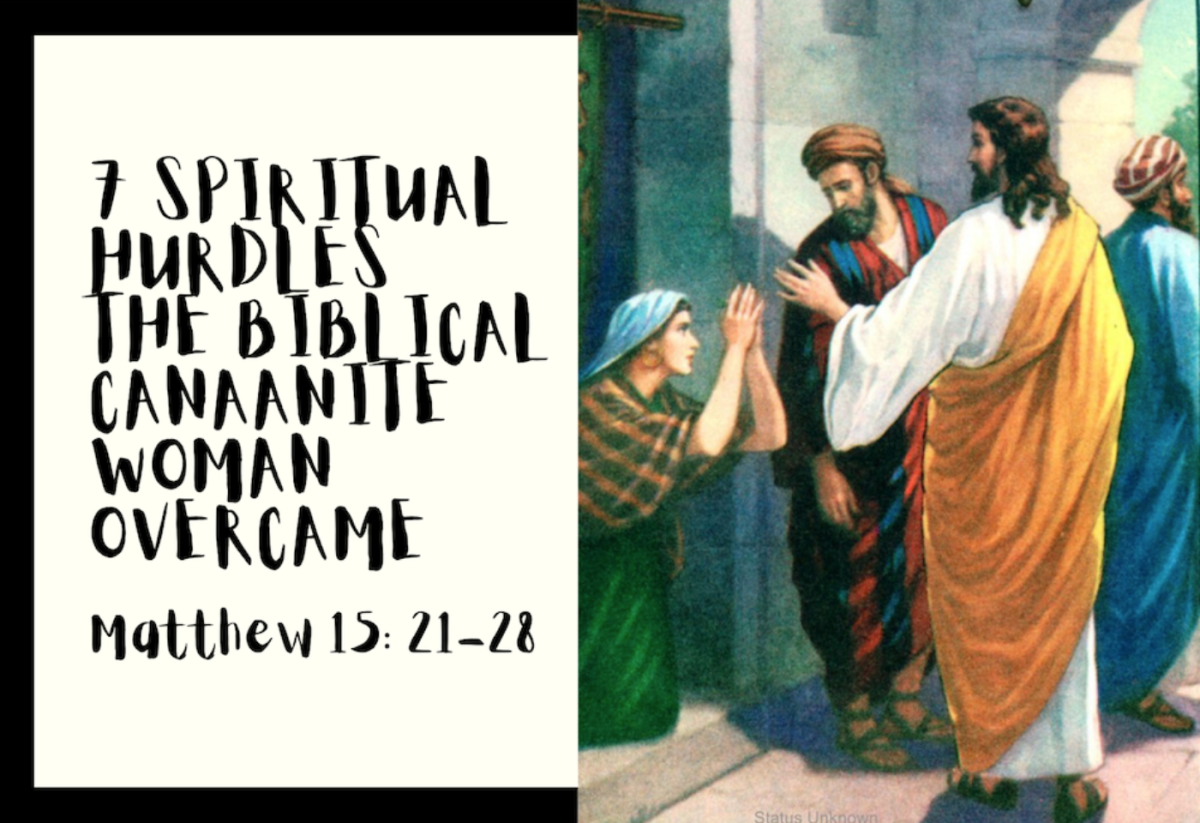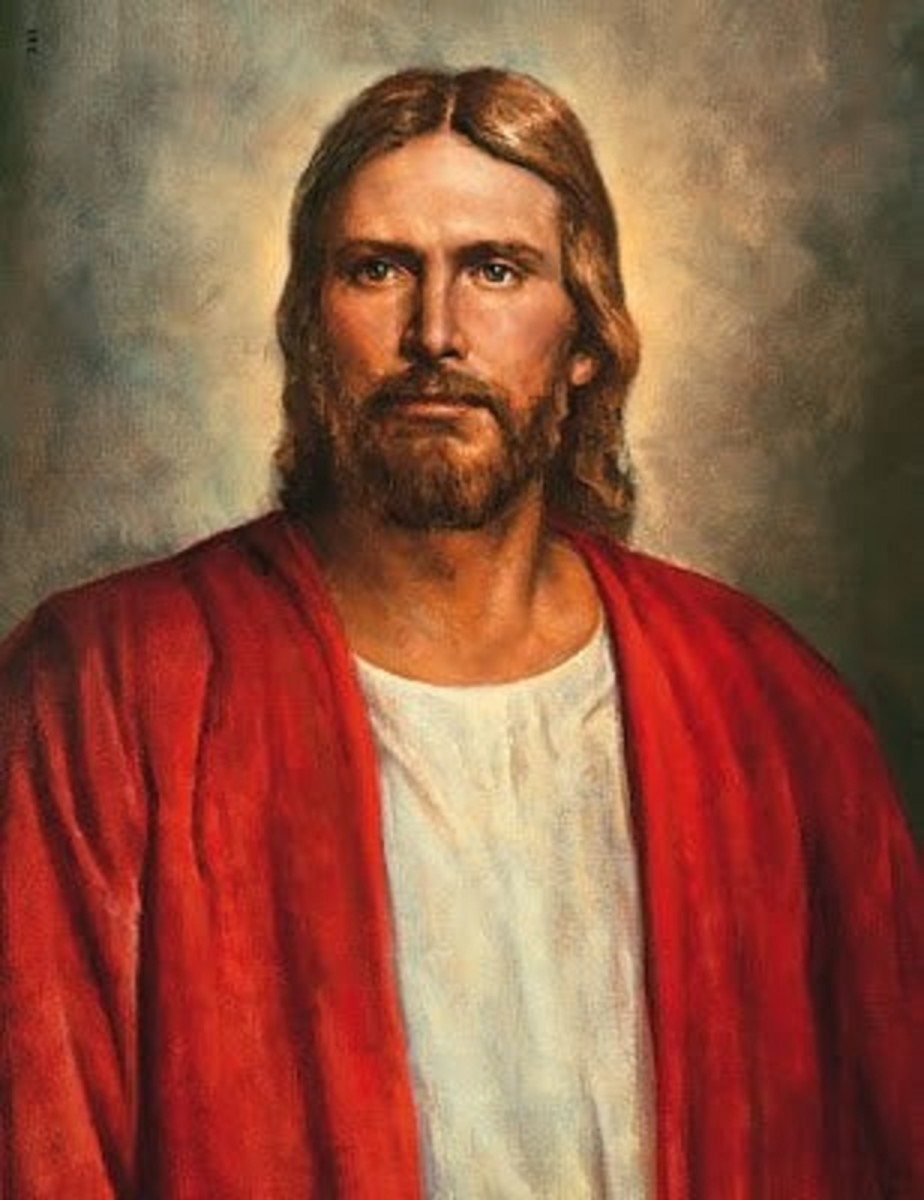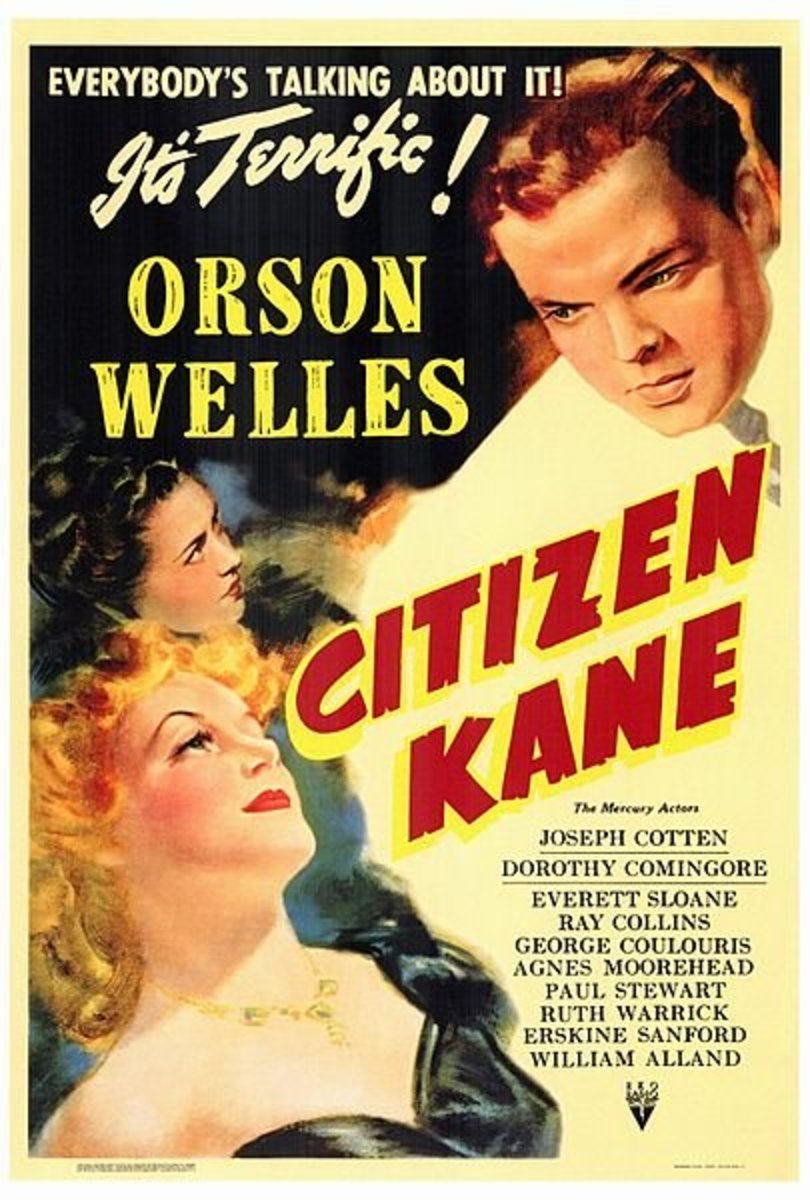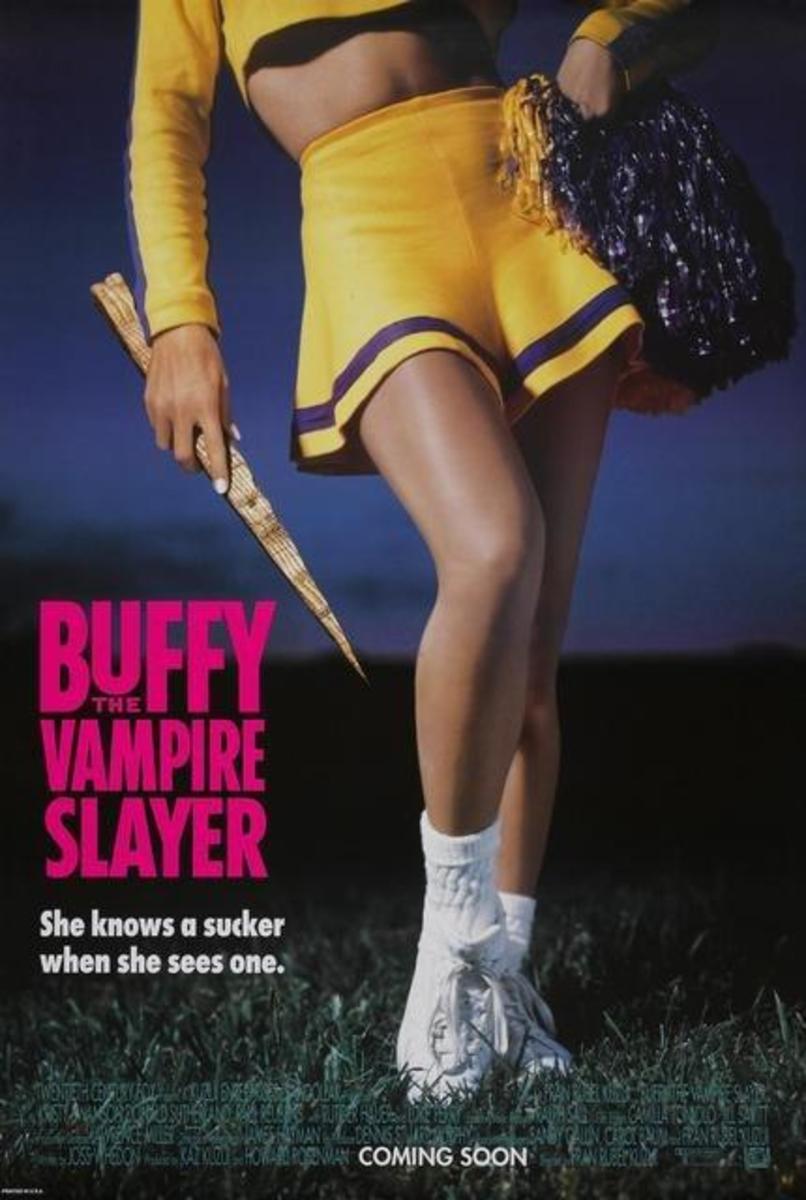A Review of the Movie "Passion of the Christ"
Biblically accurate or not?
I have read many books and heard many versions of the Passion of the Christ in my years of religious upbringing and research. But the visual that is portrayed in the movie of “The Passion of the Christ” by Mel Gibson is, in my opinion, a stunning representation of the story found in the Gospels of the Bible.
The movie begins in the Garden of Gethsemane with Jesus in fevered prayer. In the background we see Satan “tempting” Jesus throughout this time in the Garden. In the Gospels, while it is alluded to, there is no direct telling of Jesus being confronted by Satan during this time. In the Gospel of Matthew, we see Jesus returning to his disciples three times and finding them sleeping, however, in the movie this is only portrayed one time. We also observe a flashback or a sidebar, which has Judas with the Sanhedrin accepting payment for his betrayal of Jesus. When we see the confrontation during the actual arrest of Jesus shortly after his third return to his disciples, we find a storyline that follows what is found in all four Gospels of the Bible. During this confrontation, Peter cuts the ear from one of the servants of the Priest and Jesus healing the man after rebuking Peter for his use of violence. Something that the disciples never did understand until after the resurrection, was that everything that happened to Jesus was prophesied and was required to happen according to God’s will. Throughout the brief confrontation, while everyone else is in a chaotic state, Jesus remains perfectly composed. And in the end follows his destiny and is peaceably arrested and taken into custody by the Sanhedrin and guards.
I have always found the dialog of the trial interesting. I often wonder how the authors knew what was said during the trial of Jesus. The Gospels, while similar, do give varied versions of the dialog that took place. When Jesus was being “tried” by the Sanhedrin, it seems that historical evidence would support that the “people” would have been allowed to witness the trial and to hear the charges brought against the accused. The Hebrew people, as documented in the Old Testament, seemed to always be a part of any legal proceeding that involved one of their own. So this portion of the trial, I can see where the authors of the Gospels, would have be able to hear and record what was said. But, during the trial held by Pilate, I am not sure this would have been the case. The Romans held trials in a more private manner, as in, not allowing the common person in if they were not a direct part of the trial. Mel Gibson does portray what I would consider to be a fairly accurate account of what probably took place during Jesus’ Hebrew and Roman trial. In the movie, Pilate sends Jesus to Herod; this is keeping with what is written only in the Gospel of Luke. The majority trial covered in this portion of the movie does hold true with at least one of the four Gospels. The denial of Peter was covered very well; except that I didn’t notice the crowing of the cock in the movie (however I might have missed it in the background noise). I found the Barabbas character to be of a comedic nature. The movie did not stress the offering of a person’s freedom based on the “custom” for Passover. But it did however; bring to light the willingness of the Sanhedrin to rid themselves of Jesus and the threat they felt from his message in favor of a man convicted of murder. Once the Hebrew people decided to choose Barabbas over Jesus, Pilate issues his sentence of a beating. This punishment was an extremely vicious type of beating. In the movie, Jesus is first beat by two Roman guards using what appear to be stiff canes; this is not mentioned in the bible. Jesus was given forty lashes save one from a whip known as the “cat o nine tails”. This device is not really described in the Bible, but some research into Roman history will offer a very good description of this punishment device. The movie portrays this device quite accurately. A whip with multiple “tails” entwined with bits of metal, bone and other particles, designed to tear off flesh with every strike. This beating of Jesus was very graphically shown in the movie, if one was not completely aware of the gruesomeness this punishment entailed, after watching this portion of the movie it will leave a lasting image of the savagery behind the punishment Jesus endured. After all of this was completed, Jesus was once again presented to the Hebrew people. Pilate was hoping that this punishment would suffice and appease the Hebrew people and forego sentencing Jesus to death. This however was not to be the case. The Sanhedrin was even more vocal about crucifying Jesus and would accept nothing less. Upon hearing this, Pilate called for water and washed his hands of the innocent blood of Jesus and in a symbolic gesture placed the blood of Jesus on the hands of the Hebrew people. This portrayal of the actions of the Hebrew people is what offended many of today’s modern Jewish community. In my opinion, Mel Gibson’s view on the actions of the Hebrew was consistent with what is described in the Bible. With the sentence of death by crucifixion, Jesus is led away.
The long walk to the Mount of Golgotha (Place of the Skull) carrying a cross would have been difficult endeavor for someone in perfect health, but yet Jesus starts this task as beaten and broken as he was. Not only was he required to carry his own cross, he was forced to traverse through the city all the while enduring jeers, taunts and items being thrown at him in his trudge to his final destination. Due to blood loss, lack of food or water he faltered under the weight of his burden and was unable to continue under his own power. The Roman soldiers selected a man from the crowd to assist him in carrying his cross the remained of the distance. In the movie, Simon wanted to ensure that he was assisting not of his own freewill and did not wish it to be thought he endorsed or was a part of the injustice that was being cast upon Jesus. Upon arrival to Mount Golgotha, Jesus was unceremoniously nailed to his cross and the cross was planted roughly into place with no regard to dignity or sympathy of comfort. He was placed between two thieves as a common criminal with a sign above his head that stated “Jesus Christ, the King of the Jews”. While on the cross he endured more jeers and taunts from the crowd. Tempting him, that if he was truly the Son of God to free himself. He was even taunted by one of the thieves. The other recognized him as the true Son of God and begs for forgiveness, at which Jesus answered him with “This day you shall be with me in Paradise”.
During the time he spent on the cross prior to his death, Jesus did speak to his mother and his “beloved” disciple. He told his disciple that his mother was now his disciple’s mother and his disciple his mother’s son. He also asked God to forgive those who had tormented him and those who had crucified him, as they “knew not what they do”. Finally when it was time, Jesus said “it is finished” and gave his spirit to God. At the time of his death, the day turned as night, and the temple curtain was rent from top to bottom. The movie depicted dark clouds, hail, lightening, earthquakes and mass chaos. A Roman guard witnessing these things said “truly this was the Son of God”. And the death of the Christ was fulfilled according to prophesy setting the groundwork for the complete prophesy of the Messiah with his eventual resurrection on the third day. The movie ends with Jesus being removed from the cross by those close to him; Joseph of Arimathea is included in this group according to the Gospels. He is taken to a nearby tomb and place inside. On the day after the Sabbath, family and friends returning to the tomb witness Jesus exiting the tomb with two angels and his ascension to Heaven. The Gospels have Jesus meeting with various people prior to his ascension. He meets with travelers on the road, he even meets with his disciples and eats and drinks with them. He has Doubting Thomas place his hands in his wounds as proof that he is who he said he is. For anyone who holds a deep personal relationship with Christ, this movie allows for a very accurate visual depiction of the story written in the Gospels giving an emotional and relatable experience of what Jesus endured for our sins.
Throughout my whole life, it never fails to sadden me how those in power will go to any length to protect the hold that they have over those they “rule” over. Throughout history and even today, we see people who hold a political office or other position of “authority” and will stop at nothing to prevent any person or action that is in contrast to that power. More than anything, Jesus was a threat to the Sanhedrin’s power and they could not risk losing favor with the ruling government of the Romans. And once again we see the corruption of man being used to accomplish God’s plan for the salvation of humanity. If it wasn’t for this corruption of man, Jesus would have never been able to complete his tasking of fulfilling prophesies written about him. This ultimate sacrifice for the salvation of mankind further enforces the fact of the everlasting love that God has for us if we only choose to accept it.









